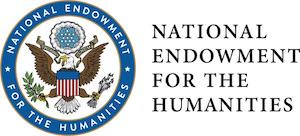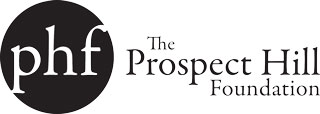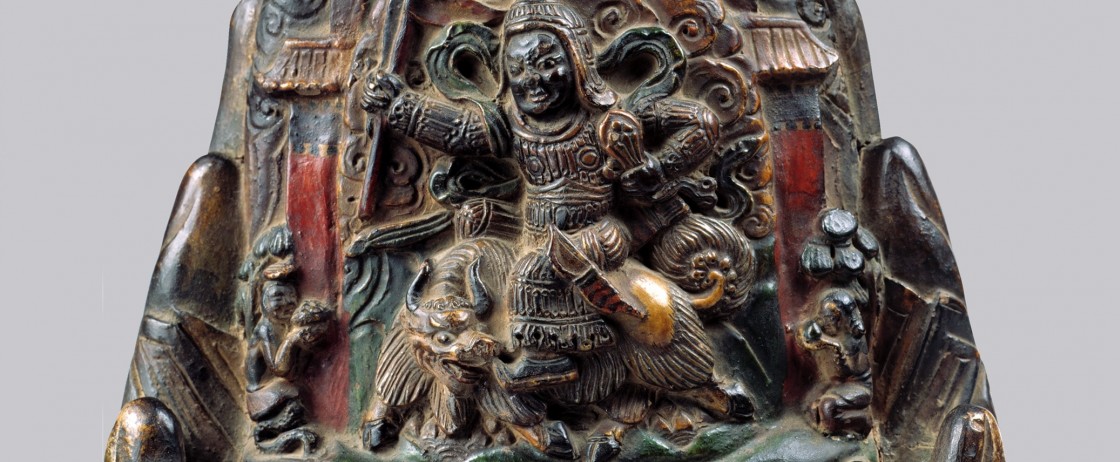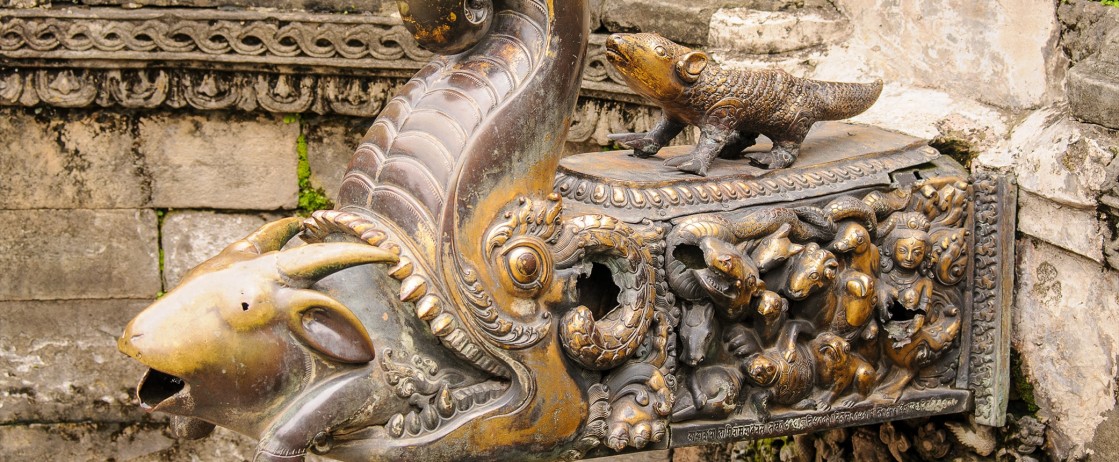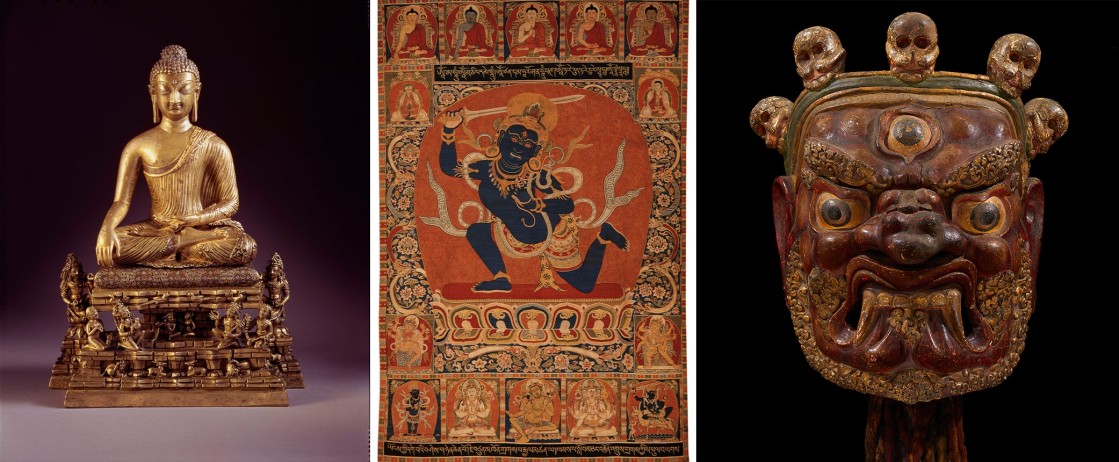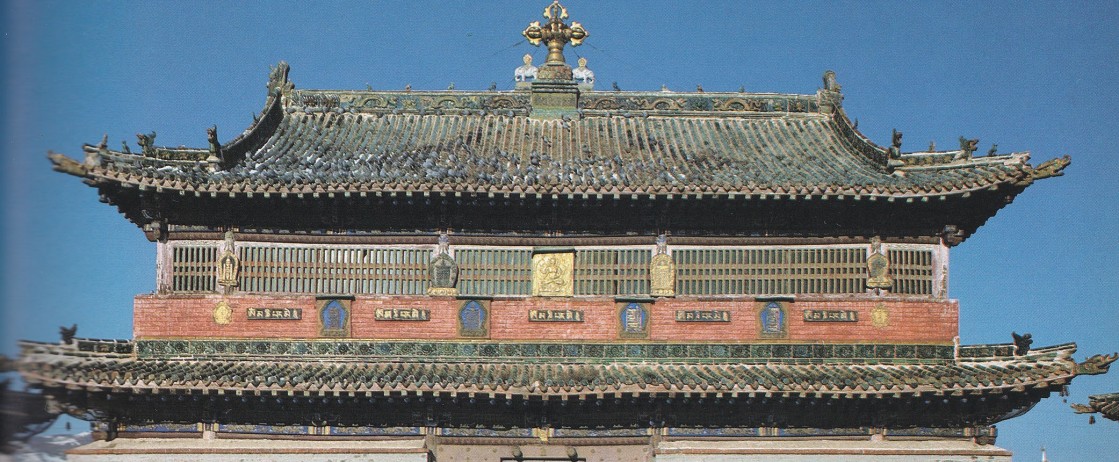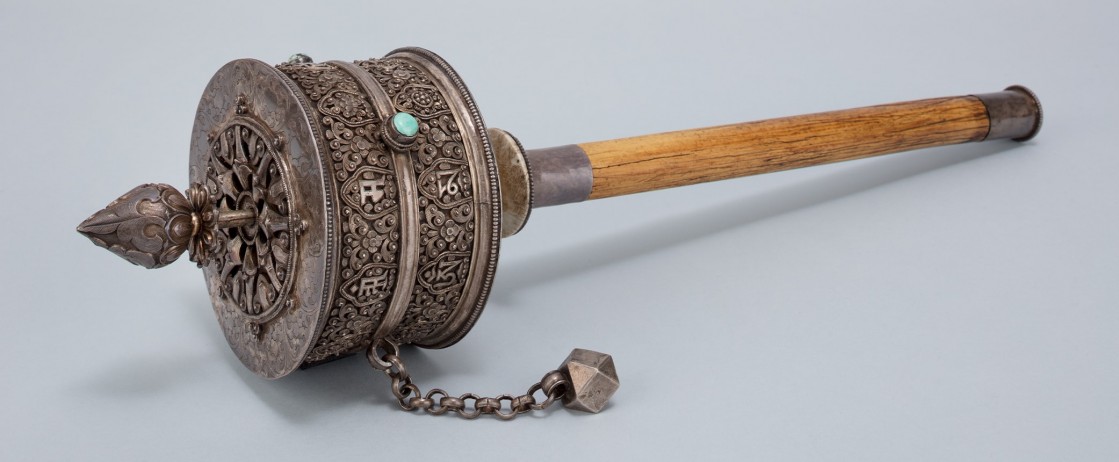
Project Himalayan Art
Publication, Traveling Exhibition, and Digital Platform
“In comparison to other Asian art disciplines—Chinese, Japanese, and Indian art—the study of Himalayan art is a young and developing field.”
—Elena Pakhoutova, Arts of Asia
Project Himalayan Art is an interdisciplinary resource for learning about Himalayan, Tibetan, and Inner Asian art and cultures. This three part-initiative—encompassing a digital platform, publication, and traveling exhibition—is designed to support the inclusion of these cultures into undergraduate teaching on Asia. The project focuses on cross-cultural exchange with Tibet at the center and Buddhism as the thread that connects the diverse cultural regions.
INTRODUCING PROJECT HIMALAYAN ART
Himalayan Art in 108 Objects is an object-centered introduction to Himalayan art and material culture from Neolithic to contemporary times, focusing on cross-cultural exchange with Tibet at the center and Buddhism as the thread that connects these diverse cultural regions. Buy the book.
The digital platform features 108 object-focused essays, introductions to key themes, content from the traveling exhibition, and an interactive map. A wealth of supporting multimedia resources—including audio, video, and over one thousand images—provide context to the living ritual, cultural, and art-making practices and traditions of the Himalayas. Visit the digital platform.
Gateway to Himalayan Art introduces the main forms, concepts, meanings, and religious traditions of
Himalayan art with objects from the collection of the Rubin Museum of Art, New York. A large multimedia map at
the start of the exhibition orients viewers to the greater Himalayan region, which encompasses Indian, Nepalese,
Bhutanese, and Tibetan cultures as well as interrelated Mongolian and Chinese traditions. Gateway invites
exploration of these diverse cultural spheres through exemplary objects presented in three thematic sections:
Symbols and Meanings, Materials and Technologies, and Living Practices. Explore the exhibition.
Gateway to Himalayan Art is currently scheduled to travel from 2023 to 2026. View the full exhibition schedule.
Our supporter list is in formation, and we are most grateful for our visionary supporters to date:
Leadership support for Project Himalayan Art is provided by the Henry Luce Foundation.
Project Himalayan Art has been made possible in part by a major grant from the National Endowment for the Humanities: Democracy demands wisdom.
This project is supported in part by the National Endowment for the Arts.
Lead support is provided by the Ellen Bayard Weedon Foundation, Bob and Lois Baylis, Barbara Bowman, the E. Rhodes & Leona B. Carpenter Foundation, Noah P. Dorsky, Fred Eychaner, Christopher J. Fussner, the Estate of Lisina M. Hoch, Matt and Ann Nimetz, The Randleigh Foundation Trust, Shelley and Donald Rubin, and Jesse Smith and Annice Kenan.
Major support is provided by Daphne Hoch Cunningham and John Cunningham, Stephen and Sharon Davies, the Edward & Elizabeth Gardner Foundation, Mimi Gardner Gates, Hongwei Li, the Monimos Foundation, Ed O’Neill, The Prospect Hill Foundation, Sarah and Craig Richardson, Rossi & Rossi, the Andrew Sabin Family Foundation, Namita and Arun Saraf, Eric and Alexandra Schoenberg, Eileen Caulfield Schwab, UOVO, Sandy Song Yan, and the Zhiguan Museum of Art.
Special Support is provided by:
Dr. Bibhakar Sunder Shakya, to honor the memory and legacy of Professor Dina Bangdel, art historian, curator, cultural activist, and educator from Nepal.
Samphe and Tenzin Lhalungpa, to honor the memory and works of L.P. Lhalungpa, Tibetan scholar, broadcaster, and educator.

